In this year's admission season, many schools in the South have very high admission scores. The University of Economics and Law, in the method of considering transcripts of 149 high schools, all majors have admission scores of 72/90 points or higher. The average admission score is 82.89 (average 9.21 points/subject).
In the ability assessment method, only the top 25% of candidates with the highest scores on the exam passed, with an average admission score of 902/1200.
In the graduation exam score method, to be admitted, candidates must have an average score of 3 subjects of at least excellent (8.3 points/subject) or higher. The highest standard score is 28.08, the lowest is 23.5 points. The average admission score for Economics is 25.61, Business is 26.40, Law is 25.04.
At Ho Chi Minh City University of Science , the advanced program in Computer Science, based on graduation exam scores, has a standard score of 29.92 for block A00; 29.81 for A01 and B00; and 29.56 for D07. The standard score of Artificial Intelligence for block A00 is 29.39; block A01 and B00 is 29.1; and block D07 is 28.85.
Meanwhile, if considering the academic transcript scores of 149 specialized and gifted schools, the benchmark for Computer Science majors in group A00 is 29.98; Group A01, B00, D07 is 29.96. Many majors also have benchmark scores above 29 such as Data Science, Computer, Artificial Intelligence, Microchip Design, etc. The remaining majors all have benchmark scores of 26-29.
For the University of Information Technology alone, the admission score based on the transcripts of 149 high schools nationwide, for all 14 majors, ranges from 27.47 to 29.91. Considering the graduation exam scores for the Artificial Intelligence major, the highest admission score is 29.6. The major with the lowest admission score is 24. Considering the competency assessment test, the admission score ranges from 854 to 1098/1200.
Many other schools also have very high admission scores such as the University of Social Sciences and Humanities, Ho Chi Minh City, in the admission method based on academic results of 149 schools, the highest admission score is 29.35. Many majors have admission scores of 28-29. The situation of high admission scores also occurs in some majors at the University of Economics, Ho Chi Minh City University of Technology and Education, Ho Chi Minh City University of Industry, Ho Chi Minh City University of Agriculture and Forestry, etc.
The difference in benchmark scores shows unfairness in admissions.
Associate Professor Dr. Do Van Dung, former Principal of Ho Chi Minh City University of Technical Education, said that the benchmark scores for high school exam scores at many universities, especially those in the South, will increase in 2025 mainly due to the structure of quotas allocated between admission methods.
This situation not only reflects fierce competition but also exposes social, geographical and training quality injustices, seriously affecting students' access to higher education nationwide.

Candidates taking the 2025 graduation exam. (Photo: Nguyen Hue)
The first reason, according to Mr. Dung, is that the proportion of quotas for alternative methods is increasingly large. Southern universities such as Ho Chi Minh City University of Economics, Ho Chi Minh City University of Technology, Ho Chi Minh City University of Technical Education, and member universities of Ho Chi Minh City National University have reserved 40-60% of their quotas for considering transcripts, direct admission, and the Ho Chi Minh City National University's competency assessment exam. This has sharply reduced the quota for considering high school exam scores, leading to a situation of low supply and high demand.
The second reason is the trend of diversifying enrollment and prioritizing comprehensive assessment in schools today. Schools are aiming to assess students' abilities not only through a single exam but also through transcripts or competency assessment exams, in order to select candidates with comprehensive skills. This reduces the quota for high school exam scores, especially in "hot" majors such as Artificial Intelligence, Semiconductors, Information Technology, Economics, Law, etc. where the benchmark score can be up to 28-30 points. Some schools announce separate benchmark scores for each method with high high school exam scores simply because there are few quotas.
Specifically, the English Pedagogy major of some universities has very few quotas allocated by the Ministry of Education and Training. After deducting the large number of direct admissions and considering other admission methods, the remaining quota for admission based on high school exam scores is only 5-15, leading to an English Pedagogy benchmark score of over 29.
The third reason is the consequences and injustice in admission. The unusually high admission scores have eliminated many potential candidates. The admission scores based on high school exam scores often fluctuate between 24-26 points in many majors, even up to 30 points in some top schools, making it difficult for candidates with good but not excellent academic performance to be admitted. They are forced to switch to other methods, but not everyone has access to them.
"There is a geographical injustice in this, which is that students in remote areas are severely disadvantaged. One of the biggest injustices is the difference in opportunities to participate in the Ho Chi Minh City National University's competency assessment exam - a method that is prioritized by about 100 universities with large quotas.
In 2025, the exam will be held in 25 provinces/cities in the South and Central regions, but will mainly be concentrated in large cities and urban areas. Students in remote, disadvantaged areas often do not have a nearby exam location and have to travel hundreds of kilometers, which is costly and time-consuming. As a result, only candidates in cities or convenient areas can easily participate, while students in remote areas mainly rely on high school exam scores - where the benchmark score is pushed up due to low enrollment. This leads to "unfair failures".
Many candidates with real ability were eliminated because they did not achieve near-perfect scores (28-29 points) even though they could have been excellent if they had been comprehensively assessed through the ability assessment test. This is a clear manifestation of educational inequality, exacerbating the urban-rural gap, and violating the principle of fairness in access to higher education,” said Mr. Dung.
Associate Professor Dr. Do Van Dung said that this is also an injustice in terms of input quality and training difficulties when the method of considering academic records, which accounts for a large proportion of the quota (sometimes up to 20-60%), often has higher benchmark scores but the actual ability of the candidates is low, leading to doubts about the quality of the students.
“Data shows that students who passed the exam based on their transcripts had weaker university results than those who were admitted based on their high school exam scores. The graduation rate was only 0.24% with excellent grades, 5.44% with good grades, 65.12% with good grades, and 29.2% with average grades - much higher than the group with exam scores (which usually have a higher rate of excellent/good grades),” Mr. Dung pointed out.
In 2025, even if percentiles are used to rank relative transcripts, this method is still not accurate and substantial enough because transcripts are easily “fabricated” or do not reflect actual abilities. As a result, students admitted through transcripts often cannot keep up with the program, causing great difficulties for lecturers. Classes are uneven, and exam questions must be adjusted (if difficult, many weak students will fail, if easy, the overall quality will decrease).
This not only affects the quality of education but also creates injustice for students with high test scores - those who have competed fiercely but have to study with lower-qualified groups. To overcome this, Mr. Dung said that it is necessary to expand the national capacity assessment test locations, tighten the review of academic records and balance the quota to ensure social fairness.
Source: https://vtcnews.vn/de-kho-diem-thi-thap-vi-sao-diem-chuan-cac-truong-dai-hoc-phia-nam-lai-cao-ar961085.html






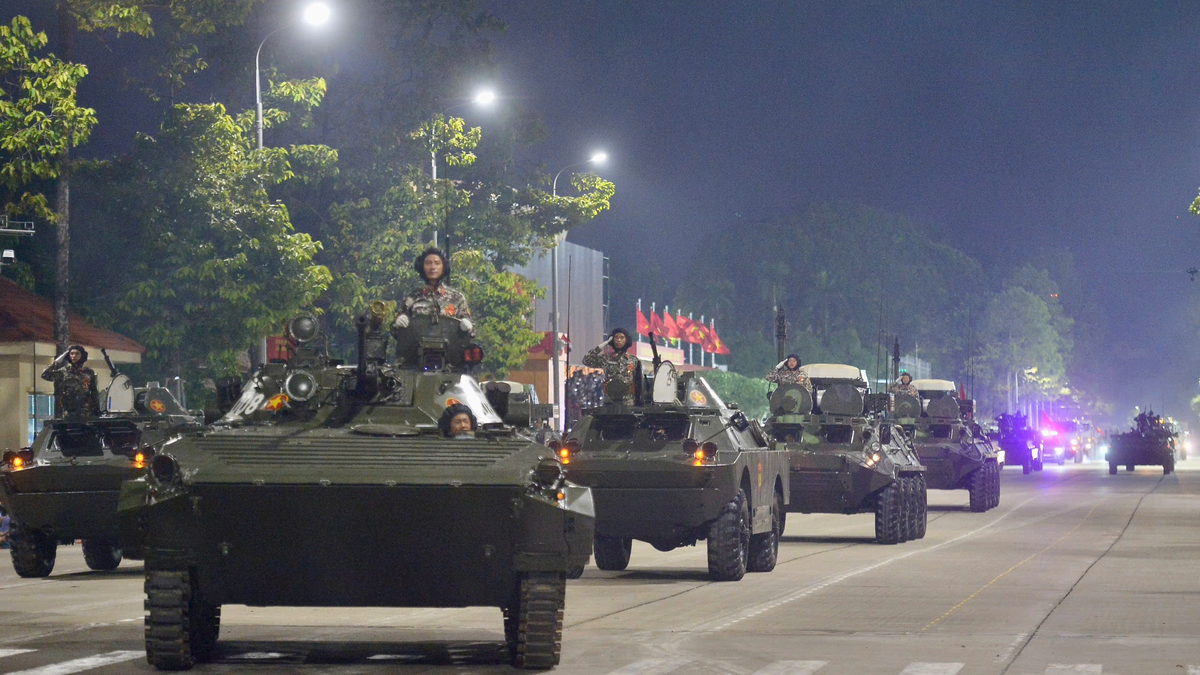

















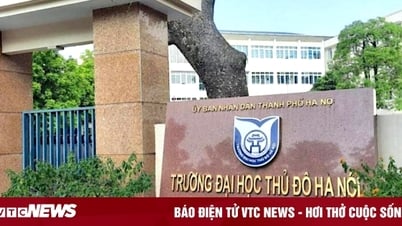


































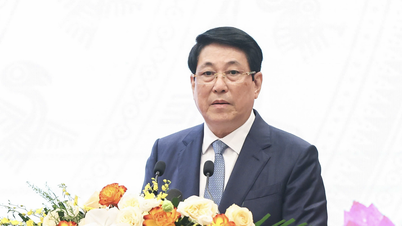


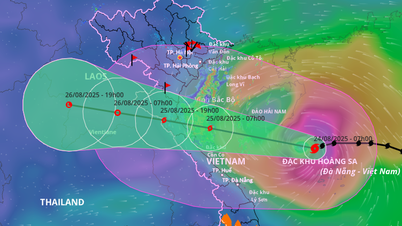



















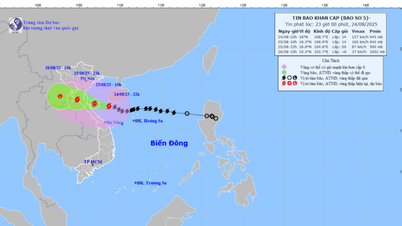



















Comment (0)